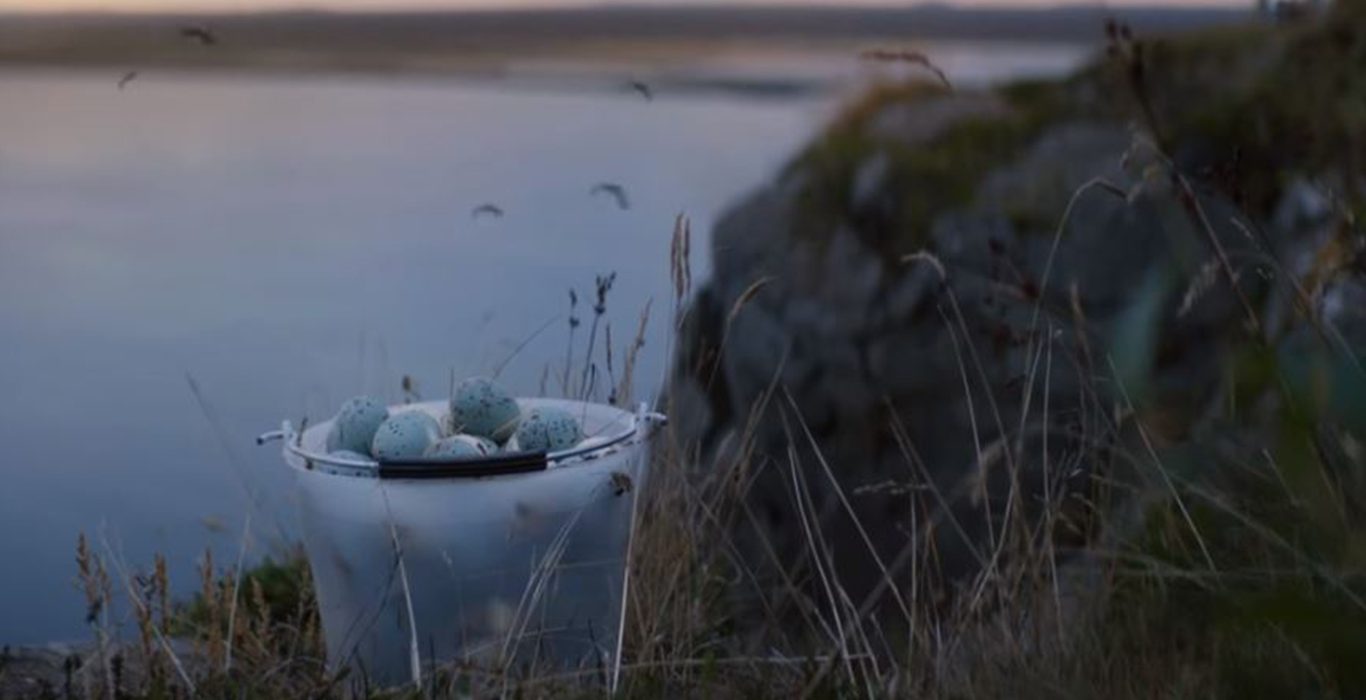Seabirds

A rich profusion of seabirds inhabit the country’s cliffs. The cliffs have been a source of food since settlement, with seabirds accounting for most of it. The birds arrive at the cliffs early in spring. That is when people rappel down and collect the eggs.
Bird cliffs provided men with food throughout most of the year. The gathering of eggs began in spring. The way in which fresh eggs were consumed and processed varied from region to region. To name a few examples; they were preserved in ash or sand and boiled or pickled in some places. In other areas, fertilized eggs were allowed to rot and then eaten as cheese. The eggs were eaten fresh in Vestmannaeyjar and many people had no trouble finishing off 8 eggs in a single day.
The cormorant is the first bird to lay eggs and the nestlings are fully grown around June – July, which is when they were hunted. The meat, which is fatty and delicious, was usually salted and smoked. Next in line was the black guillemot, its nestlings were fully grown in around July and August when the hunt took place. However, since this is also the time for haying, the black guillemot was not hunted in the islands, as it required hunters to make longer trips. However it is not allowed to hunt the guillemot today.
The first puffins appear in mid-April, and when May comes around, most of the birds are finally “back home.” The puffin is a longevous species and can live for decades. In natural conditions, it usually reaches an age of 20 to 25 but the oldest known puffin lived for 38 years. It was marked in Vestmannaeyjar. The puffin hunt began in the first week of August. Around Breiðafjörður the first puffin soup was anticipated with excitement. The puffin was boiled with scurvy grass and the first crop of potatoes and the soup was eaten standing up in the farmyard. This is a fun tradition that could be revived in Breiðafjörður.
The Arctic fulmar in Mýrdalur and Vestmannaeyjar was a foundation of the diet in the past; the fulmar nestlings were usually hunted right before they became able to fly in mid-August. Food collecting from cliffs has created many exciting traditions worth reviving. Read more about the arctic fulmar here
Today the hunting season for auks is limited between September and late April and some species are under protection.